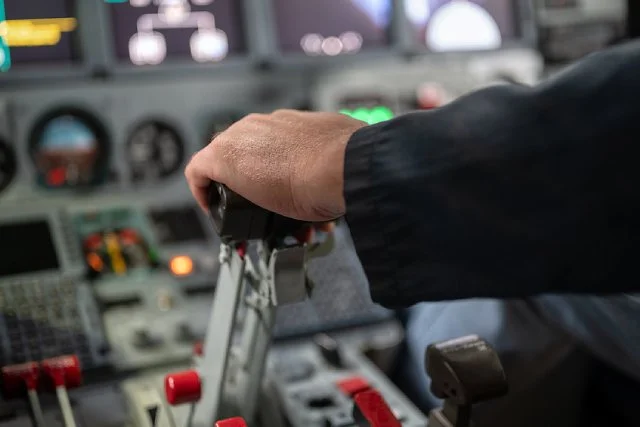Flying Solo: Tips on Prepping for Your First Solo Flight
The day of your first solo flight has finally arrived, and you are about to reach a significant milestone in your path to becoming a pilot. Flying solo is the first of many steps where you must showcase that you have the skills required to be an aviator.
Since the first solo flight can be rather nerve-wracking as it is exciting, many aspiring pilots may succumb to pressure. To ensure that doesn't happen and that your flight goes as smoothly as possible, we'll take you through some key guidelines on how you can prepare and be confident in yourself.
1. Take a breather and relax
If you're like most people, you probably don't perform as well as you can if you're tense. Although your first solo flight can be quite daunting, it should also be something to be enjoyed. As such, try to relax. While certainly challenging, your first solo won't be the biggest challenge that you will face in your aviation career.
For now, it may seem like a big deal, but your quick flight around the circuit will eventually stretch out to become countless solo flights that will progressively last longer than before. All in all, your very first solo flight is meant to be enjoyable as it is challenging. You'll mainly be tasked with conducting manoeuvres and drills you've practised countless times already, so there shouldn't be any surprises waiting for you. So, take a deep breath and do your best!
2. Rest up before the day of the flight
Although easier said than done, getting enough rest is always necessary before any big day, especially one wherein you have to be in peak condition both physically and mentally. Therefore, do your best to calm your mind and rest up so you can perform at an optimal level.
3. Chair Flying
Before beginning your solo flight, it is always advised to perfect the relevant drills and procedures. Charles Elwood Yeager, a flying ace and record-breaking pilot, used to sit in the cockpit with his eyes closed, touching the buttons and controls he would require during drills. In essence, he could fly his plane while wearing blinders.
You could take a page from Chuck. By finding your own way of committing information that can easily be learned on the ground to your memory, you can free up a lot of brainpower and focus on what matters in the air.
In addition to private flying lessons in Singapore, there are many other ways to practice and rehearse without being in the air. For instance, cockpit diagrams are excellent for practising checklists, while flight simulators let you practice in a safe environment. Moreover, there are plenty of online resources you can mentally rehearse with before taking on an actual flight.
4. Don't hesitate to ask questions
When it comes to flying, there's no such thing as a stupid question. Your flight instructors are there for a reason, so get as much knowledge as possible by asking any question that comes to mind, no matter how big or small.
Remember that since you're flying solo, the option to ask questions will be much more limited once you're wheels off the ground. As such, clear any doubts you may have before you clear the runway so you can enjoy your first solo flight without any 'what ifs' running through your head.
5. Be patient and monitor the weather
Even if you're eager to get on your flight, you'll need to exercise a little more patience and wait until you've assessed the weather. If the weather conditions aren't favourable, don't be dismayed since you'd want your first solo flight to be memorable for all the right reasons. After all, your private pilot license in Singapore isn't going anywhere, so a slight delay won't pose an issue.
6. Brief yourself
A good briefing precedes every good flight. Despite being already used to briefing your instructor during hands-on flying lessons, their absence on your solo flight is no reason to forego a brief. Talk yourself through what will happen and how you will act before taking off. Also, run through your contingency plans if things don't go as expected. Remember that it is generally better to think things over on the ground instead of in a dynamic environment in the skies.
7. Snap a commemorative photo
Many pilots would likely be able to instantly recite their entire first solo experience if you asked them about it. Everyone remembers their first solo flight, and you will too. In this modern age of smartphones and other such technology, be sure to ask someone to capture a picture or video of you before you take to the skies. Years later, you'll look back fondly on this memory and see how far you have come.
Conclusion
All your study and practice have led up to this moment. You've been trained specifically for this, so rise to the challenge and prove to your flight instructor, friends, and family that their faith in your success is well placed. Be confident in yourself and let the culmination of your training take the reigns as you soar high above.


